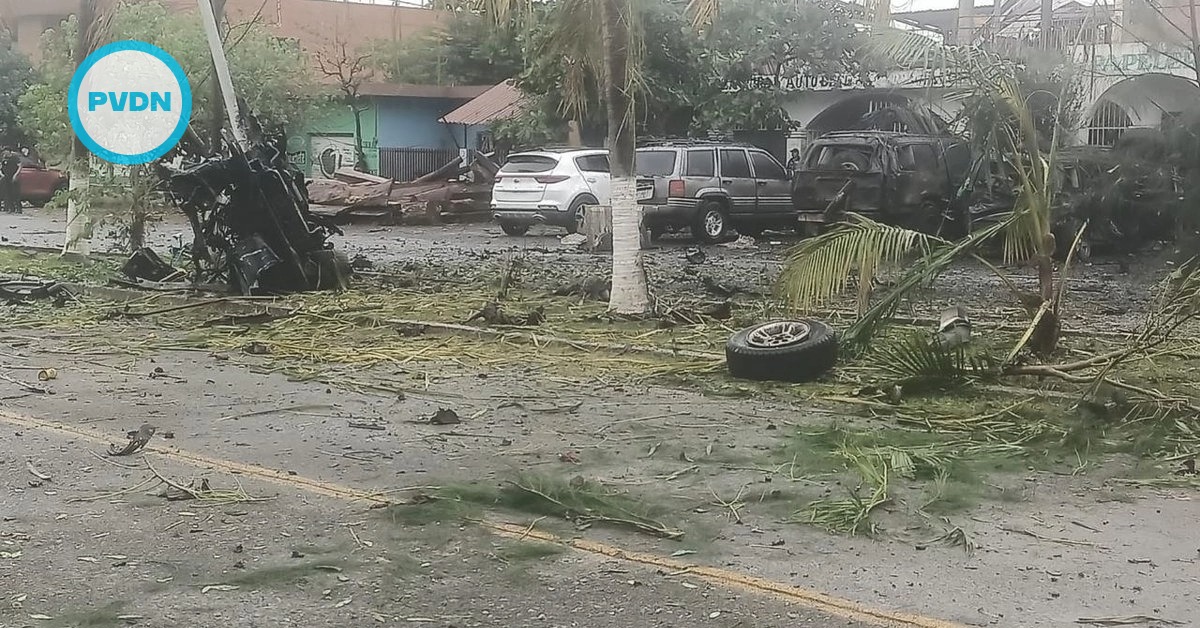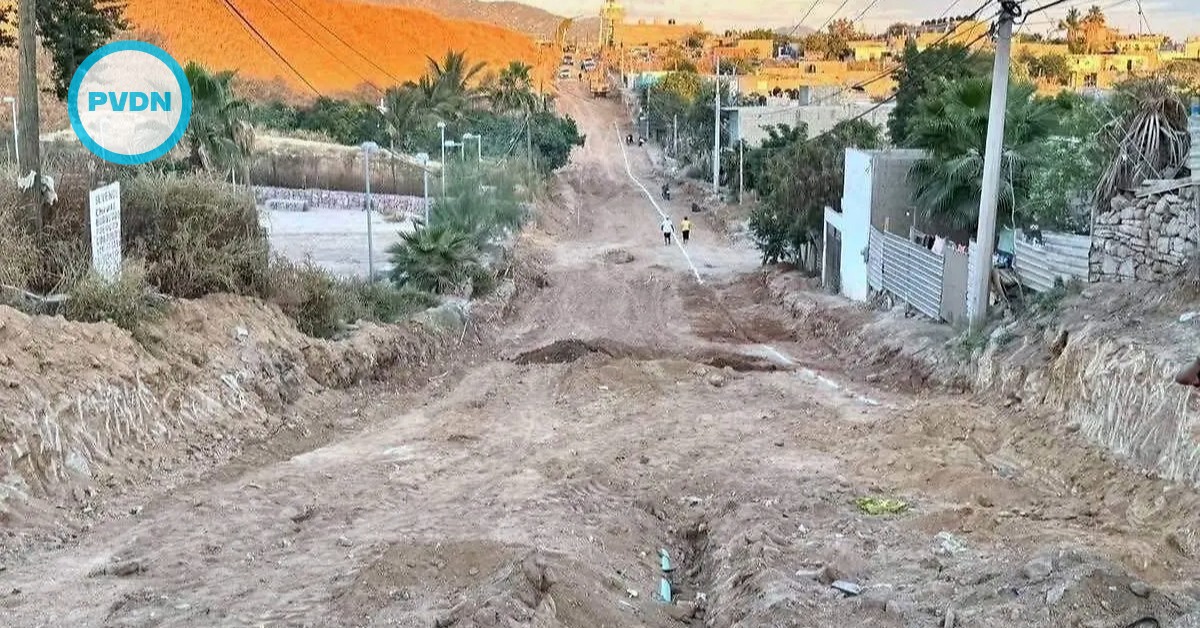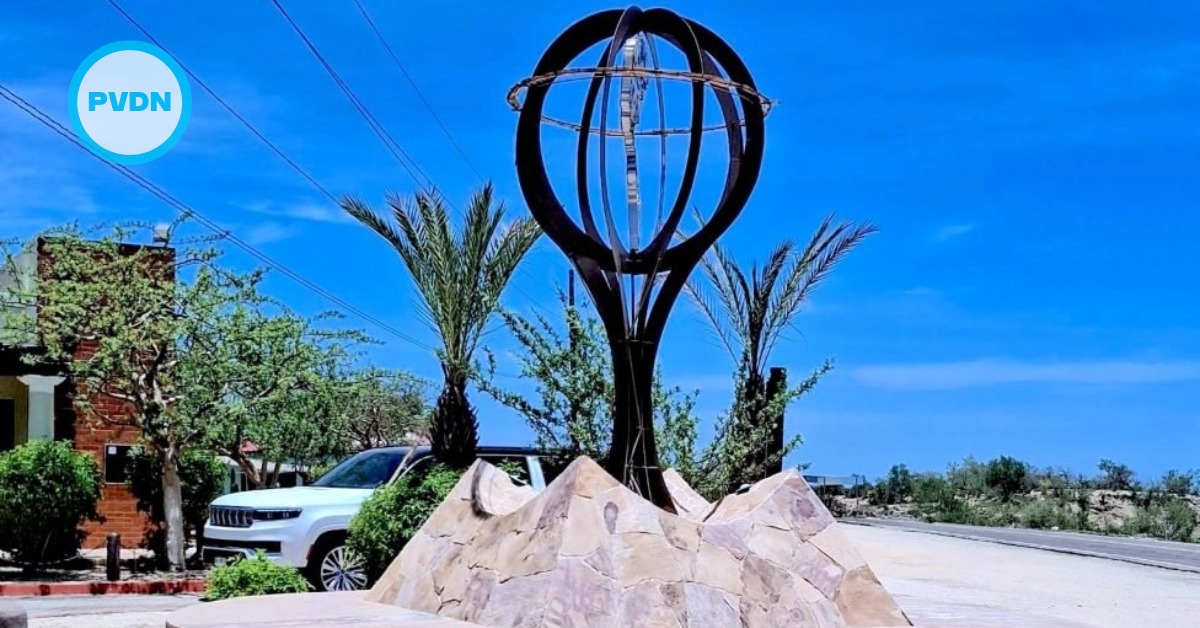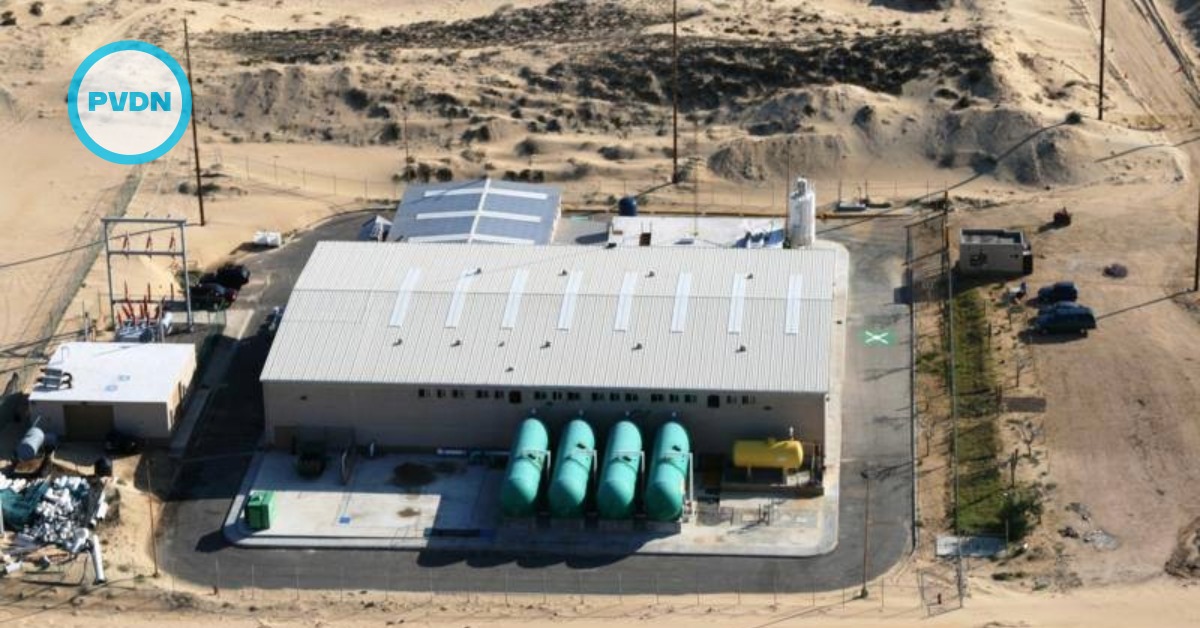We’re all human beings, but we’re not all alike.
Each person experiences pain differently, from an emotional perspective as well as a physical one, and responds to pain differently. That means that physicians like myself need to evaluate patients on an individual basis and find the best way to treat their pain.
Today, however, doctors are under pressure to limit costs and prescribe treatments based on standardized guidelines. A major gap looms between the patient’s experience of pain and the limited “one size fits all” treatment that doctors may offer.
Concerns about the Read Full Story







